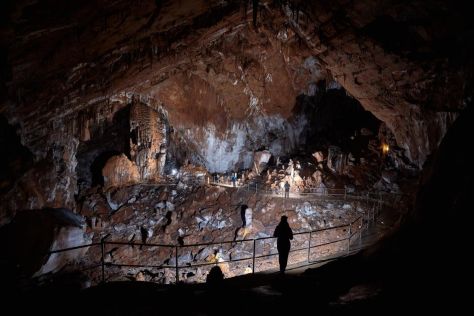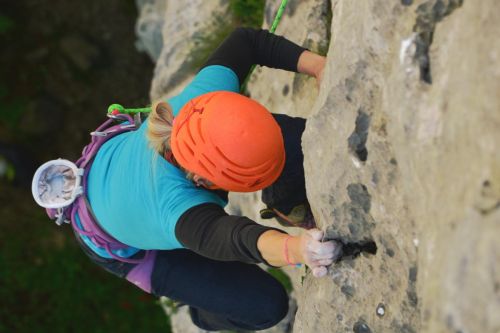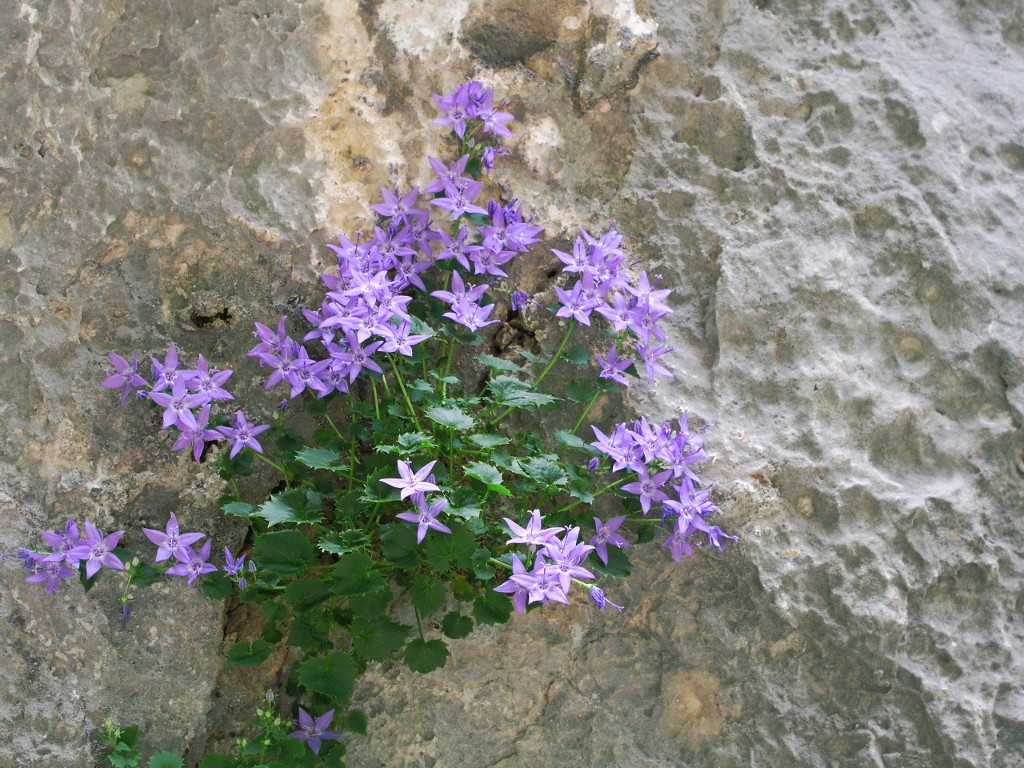The wealth of flora is reflected in the list of 1,000 plant species and subspecies recorded to date, 79 of them endemic. The great diversity, the presence of relict, endemic, rare, statutorily protected species many of which are included in the Red Book of Plant Species of the Republic of Croatia and the IUNC’s Red List of Endangered Plant Species, make the Park a very valuable floristic area, not just in Croatia, but in Europe and the world as well. The following genera prevail in the Park’s flora: daisies (Asteraceae) and (Cichoriaceae), grasses (Poaceae), legumes (Fabaceae), mints (Lamiaceae), roses (Rosaceae) and carnations (Caryophyllaceae).
The wearing and breaking of rocks under the influence of sun, ice, water and temperature under steep cliffs and peaks such as Buljma or Vaganski vrh have developed seeping points. Only a small number of species can be sustained in such karstic habitats because the surface is loose and moving, and the broken rocks are of different sizes. Many endemic plants grow at seeping points, such as the Kitaibel's Columbine (Aquilegia kitaibelii), Seseli malyi, the tertiary relict Alpine Toadflex (Linaria alpina), and the widely spread Nailwort (Paronychia kapela).
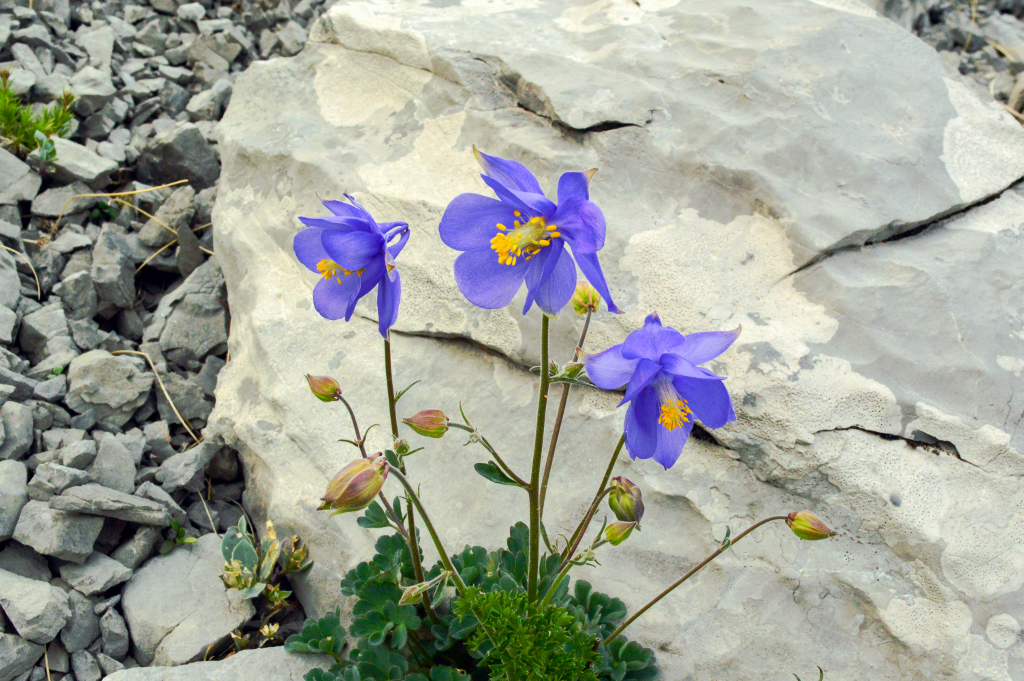
Kitaibel's Columbine (Aquilegia kitaibelii)
The cracks in the rocks have specific microclimatic conditions, enabling many plants to survive the unfavorable period of the last glaciation. That is why numerous endemic and relict species can be found in such karstic habitats. These include the Window Bellflower (Campanula fenestrellata), Croatian Bellflower (Campanula cochleariifolia), Waldstein Bellflower (Campanula waldsteiniana) and Sandwort (Arenaria orbicularis), which abundantly grow in the canyons of Velika Paklenica and Mala Paklenica and sporadically in other locations in Croatia but nowhere else in the world.
Window Bellflower (Campanula fenestrellata)
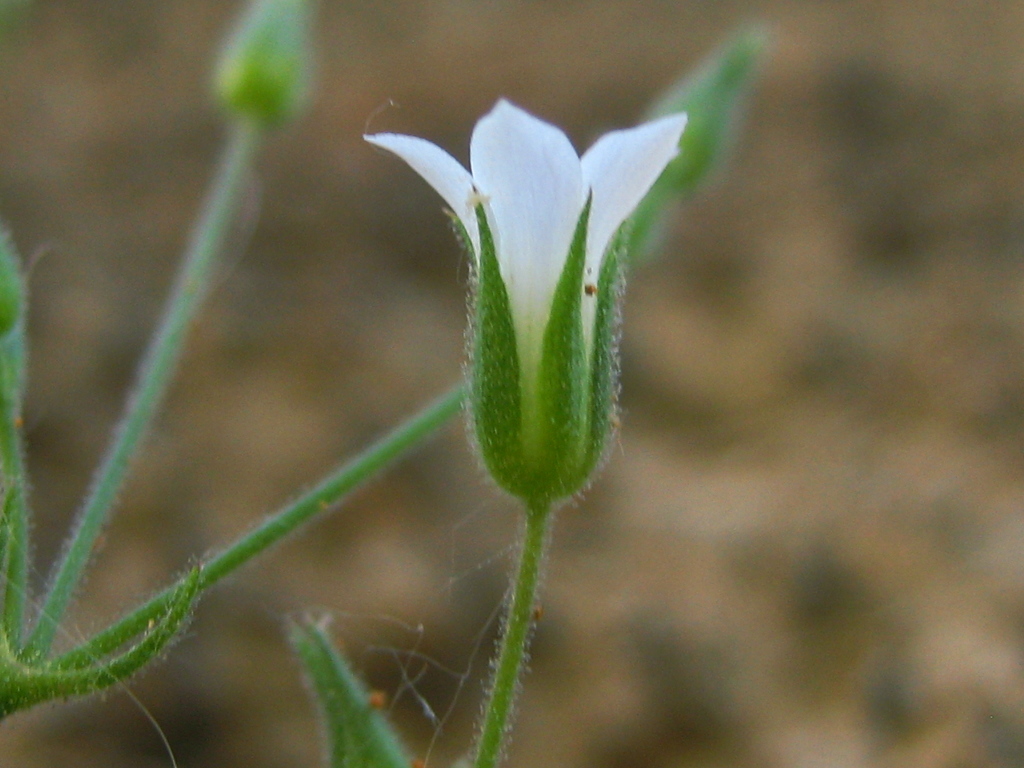
Sandwort (Arenaria orbicularis)
Rocky areas are grown with rare and endangered species such as the Tulip (Tulipa sylvestris), Alpine Daphne (Daphne alpina), Globe Daisy (Globularia cordifolia), Rhamnus intermedia and Grape Hyacinth (Muscari botryoides).
Plant communities develop in sinkholes where snow is sustained for a long time, their wealth of species and colors of the flowers making the most beautiful plant formations in Paklenica National Park. The species particularly great in number here are orange and yellow Carniolan Lilly (Lilium carniolicum), Thyme (Thymus sp.), Greater Masterwort (Astrantia major), Buckler Mustard (Biscutella laevigata). The lower parts of the Park in Velika Močila and Mala Močila have moist meadows and treatable areas rich in orchids in springtime.

Bosnian Lilly (Lilium carniolicum ssp. bosniacum)
As a rarity, we will highlight the lady slipper orchid (Cypripedium calceolus), one of the most beautiful European orchids which grow on the forest edges.




